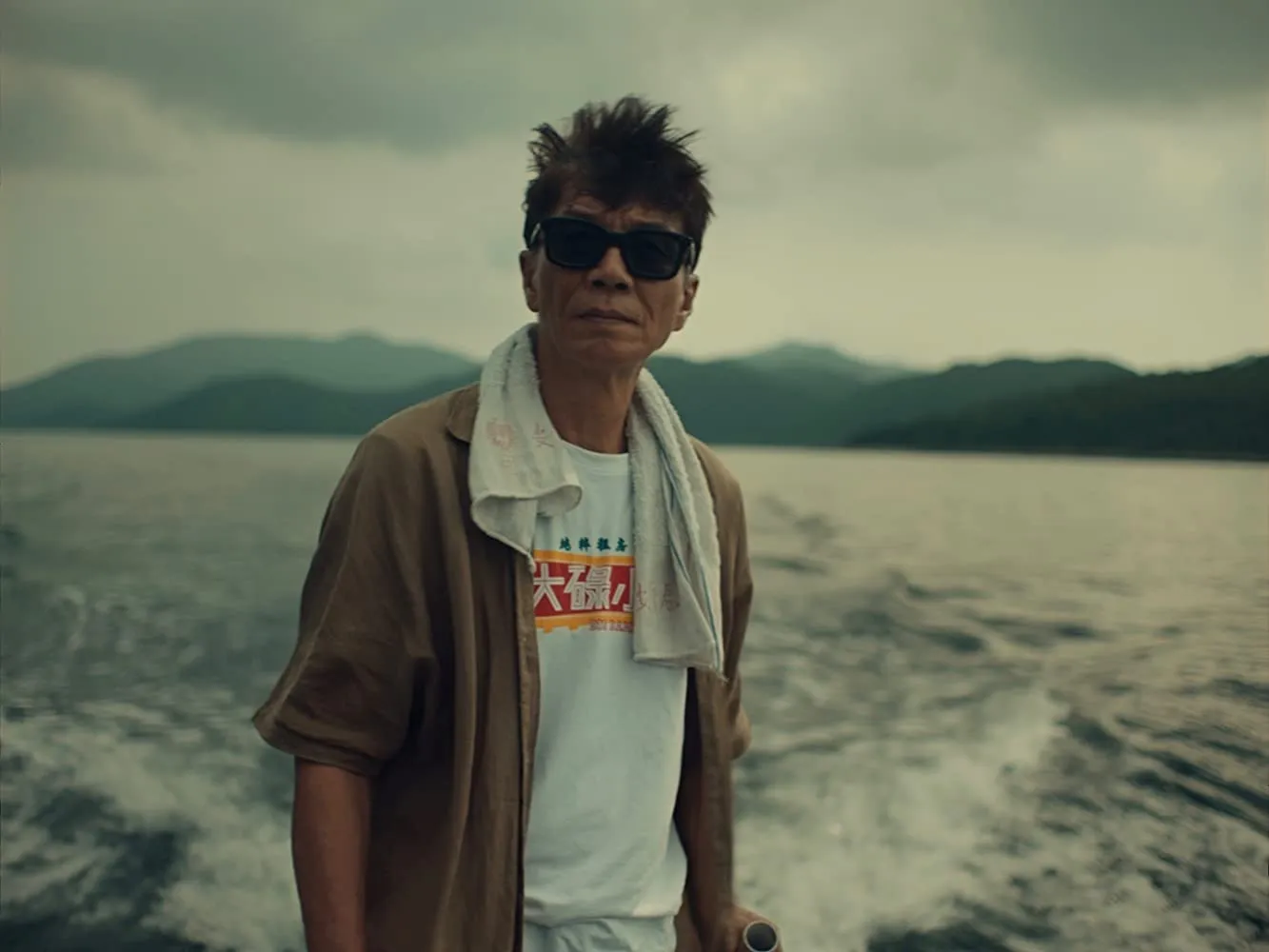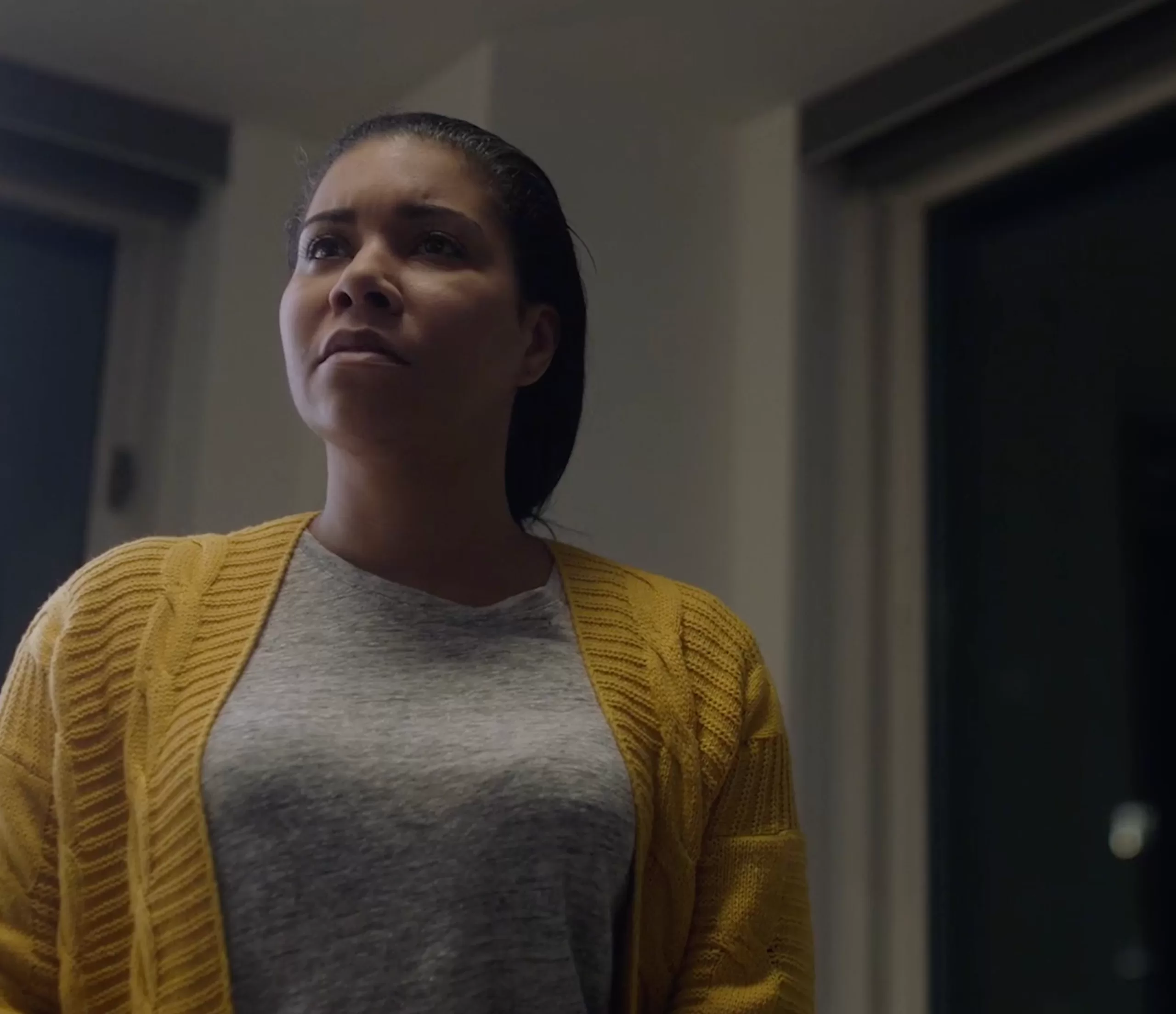Eric Althoff’s BEST OF 2020 (“Uncle Frank” and “Fishbowl” made the top of the list)

The offerings of the past year ranged from the extra strange (who anymore remembers “Tiger King,” which debuted in the early weeks of lockdown?) to creative pieces of cinema such as “The Glorias,” employing three actresses to portray Gloria Steinem over the course of her amazing life.
2020 was also the year I finally got to Sundance, where I saw so many great movies, some of which are only now becoming available to larger audiences nearly a year later. Sundance produced some of the best of the year, including one of the most hypnotizing (more on that later).
In the field of honorable mentions, 2020’s documentaries were especially great in these reality-challenged times, and I admired a great many, not the least “Assassins,” Ryan White’s documentary about the unlikely plan of North Korean agents to murder the half-brother of Kim Jong-un by convincing two models to smear his face with poison as part of a hidden camera prank show. “Influence,” from Richard Poplak and Diana Neille, was a fascinating film essay about Lord Tim Bell, perhaps the most notorious spin doctor of all time. I also greatly admired two documentaries about slain Washington Post journalist Khashoggi, Rick Rowley’s “Kingdom of Silence” and Bryan Fogel’s “The Dissident.” And in a year when we needed uplifting tales, none was more heartwarming than Lynn Montgomery’s “Amazing Grace,” about a recently paralyzed young woman who refuses to give up on her dreams.
And what a year for multipart documentaries! For ten truly compelling hours of television, the “30 for 30” entry “The Last Dance,” about the Chicago Bulls’s late-nineties basketball dynasty, was thoroughly compelling. “30 for 30” was also on fire with the Lance Armstrong film “Lance.” Also quite of note was Hulu’s multi-part “Hillary,” about a certain former presidential candidate, and HBO’s docuseries about a young man’s attempt to unravel the twenty year-old unsolved murder of his mother, “Murder on Middle Beach,” all but begs for a future follow-up. And since we couldn’t travel, Ewan McGregor and his mate Charley Boorman took the “Long Way Up” from Cape Horn to Los Angeles on two electric-powered motorcycles—over 13,000 miles—in eleven episodes of wonderful travelogue.
On the fiction front, “The Assistant,” from writer-director Kitty Green, was a minimalist horror show about young Jane (Julie Garner), living every nightmare ever foisted upon a hopeful filmmaker working a dead-end job, from icy coworkers to making pre-dawn coffee—and then it gets worse. “Palm Springs,” despite being of the “Groundhog Day” vein, never once mentioned that early Bill Murray time-loop trip, and created something entirely new and endlessly entertaining as Andy Samberg is forced to relive the same day ad nauseam.
2020 was golden for the premium cable and streaming service miniseries, “Little Fires Everywhere,” “The Undoing” and “The Act” all showed that much of the best long-form storytelling is found on cable and Mark Ruffalo provided an absolute master’s class in acting by portraying twins, one manic-depressive, the other haunted and angry, in the HBO miniseries “I Know This Much Is True” (Ruffalo rightly won an Emmy for his performance), and one would be remiss to close out the year without mentioning W. Kamau Bell’s outstanding “United Shades of America” on CNN, in which the journalist continues to examine the crucial issue of race in America.
There was so much to choose from this year. But, as lists require choices, I have had to make mine. Here are six truly extraordinary films from the past twelve months that demand to be seen more than once.
NUMBER SIX – “Bastards’ Road”
It’s rare that a documentary shows me something new, yet Brian Morrison’s “Bastards’ Road” took me on a journey unlike any other. Over many months, and across a great many zip codes, Morrison followed Iraq War veteran Jonathan Hancock, who walked nearly 6,000 miles from his home in Maryland to a Marine Corp. base near San Diego, where his unit, the 2nd Battalion, 4th Marine Regiment (colloquially known as “The Magnificent Bastards”) was to be honored.
Hancock, who suffered from PTSD as a result of his wartime experiences, visits his brothers-in-arms along the way, and they are able to share the horror of their experiences together in a way that none on the outside could ever understand.
Magnificent in its scope, “Bastards’ Road” not only honors the veterans’ community but also brings the grave problem of combat PTSD down to the level of one man who sets off on a very long walkabout (my fellow judges and I selected it as Best Doc at this fall’s Naples International Film Festival.)
NUMBER FIVE – “Dirty God”
What an outstanding debut from newcomer Vicky Knight, a British thespian who has never before acted professionally and yet gave the year’s most vulnerable performance in Sacha Polak’s “Dirty God.” Like her character Jade, Knight bears extensive burn scars over much of her body, but it’s Jade’s psychological damage that truly steers the character’s many poor choices. Polak’s minimal style of directing recalls the English mid-century kitchen sink dramas, relying on the strength of the cast rather than visual tricks and frills.
There are no easy answers or quick redemptions in “Dirty God,” only Jade’s tentative acceptance of her own past and the prospect for her to make better choices, hopefully, down the road. And while the film ends with a bit of a whimper, Knight is a force of nature who has a bright future ahead of her in film.
NUMBER FOUR – “Uncle Frank”
Oscar-winning screenwriter Alan Ball (“American Beauty,” “Six Feet Under”) once again gave us a gay American at war with himself in “Uncle Frank,” which stars Paul Bettany as a seventies New York college professor who must return home to Georgia for a family funeral. Not yet out to his family, Frank’s anxiety increases the farther south he gets from New York, descending into abuse hurled at his partner as well as copious amounts of alcohol as he tries to bury old hurts.
“Uncle” was lensed stunningly and, as with all of Ball’s writing, the contradictions of human behavior and the cost of lying are ever-present tropes his characters have to contend with. Bettany is magnificent, as is young Sophia Lillis as his niece, Beth, herself on the cusp of adulthood and thus the perfect observer for intra-family dynamics she is only now beginning to understand.
THREE – “White Noise”
One of the most timely and topical documentaries of 2020 was Daniel Lombroso’s “White Noise.” In it, white supremacists like Richard Spencer get a chance to tell their side of a cultural war they posit in terms no less stark than “white genocide.” Lombroso’s most fascinating subject is self-proclaimed anti-feminist Lauren Southern of Canada, who makes it her mission to warn the West that black and brown hordes (and let’s not forget the Muslims) are at the gate. Never mind that Southern has a child by a non-white man, or that she fails to see the hypocrisy of her endeavors (give a self-righteous screamer enough thread and he or she will hang herself with it).
TWO – “Fishbowl”
In a year when so much of life was horrifying, the question was, can movies could still unnerve us? A pair of Greek-American siblings from the outskirts of Baltimore proved how much psychological terror lies beneath the surface of suburbia with the unsettling and impressively filmed “Fishbowl.” Stephen and Alexa Kinigopoulos cast Rick Kain as a suburban widower who breaks with reality, preaching to his three teenage daughters that the end of days is near. That’s the jumping-off point for a thoroughly intelligent film that explores the meaning of faith, the spectre of mental illness and of the terrifying borderland where familial love ends, and destructive collective delusion begins and takes over.
SEE ALSO: “Fishbowl,” our interview with Stephen and Alexa Kinigopoulos
Dark, eerie and stirringly beautiful, the Kinigopoulos siblings’s cast breathes not just life but life force into a story that, in lesser hands, could so easily have deteriorated into camp. And it’s a testament that no matter how scary monsters that go bump in the night may be, the most frightening thing to behold is a disturbed human mind so horribly convinced of a terrible outcome, and potentially one that he must push to be realized.
ONE – “The Mountains Are a Dream That Call to Me”
Not one film a year haunts me as did Cedric Cheung-Lau’s visual poetry, which I beheld at its Sundance premiere last January. “The Mountains Are a Dream That Call to Me” is a hypnotic meditation with a simple plot but is so enveloping in its craft that it is an example of pure cinema, a living dream.
The film’s plot is biblically minimal, as an Australian woman named Hannah (Alice Cummins), on a hike up the mountains of Nepal, comes upon a young Nepali man named Tukten (Sanjay Lama Dong), who is walking thousands of miles to his new job. The motivations and destinations of both are mysterious and murky, and some trees that shake in the breeze perhaps conceal a monster—or is it a trick of the altitude?
Cheung-Lau filmed “Mountains” entirely on location in the Himalayas, with his cinematographer Jake Magee somehow managing to make those peaks even more spectacular. Tibetan prayer bowls sound often in the film, reminding us to take the time to be present, and behold a masterpiece of cinema.
I’m a sucker for films without an agenda, ones that ask questions rather than make statements. And so few movies trust the audience enough to allow them to just be enclosed within a feeling. “The Mountains Are a Dream That Call to Me” is that rarest of films that is art at its purest: haunting, beautiful, open to interpretation, and unconcerned with its reception.
“There’s no wrong way to watch this film. Feel what you want to feel,” Cheung-Lau said on the day of its Sundance bow. “My understanding of the film changes depending on where I am.”
I can’t wait to watch it again, and to discuss my new interpretations with him.
news via inbox
Nulla turp dis cursus. Integer liberos euismod pretium faucibua






